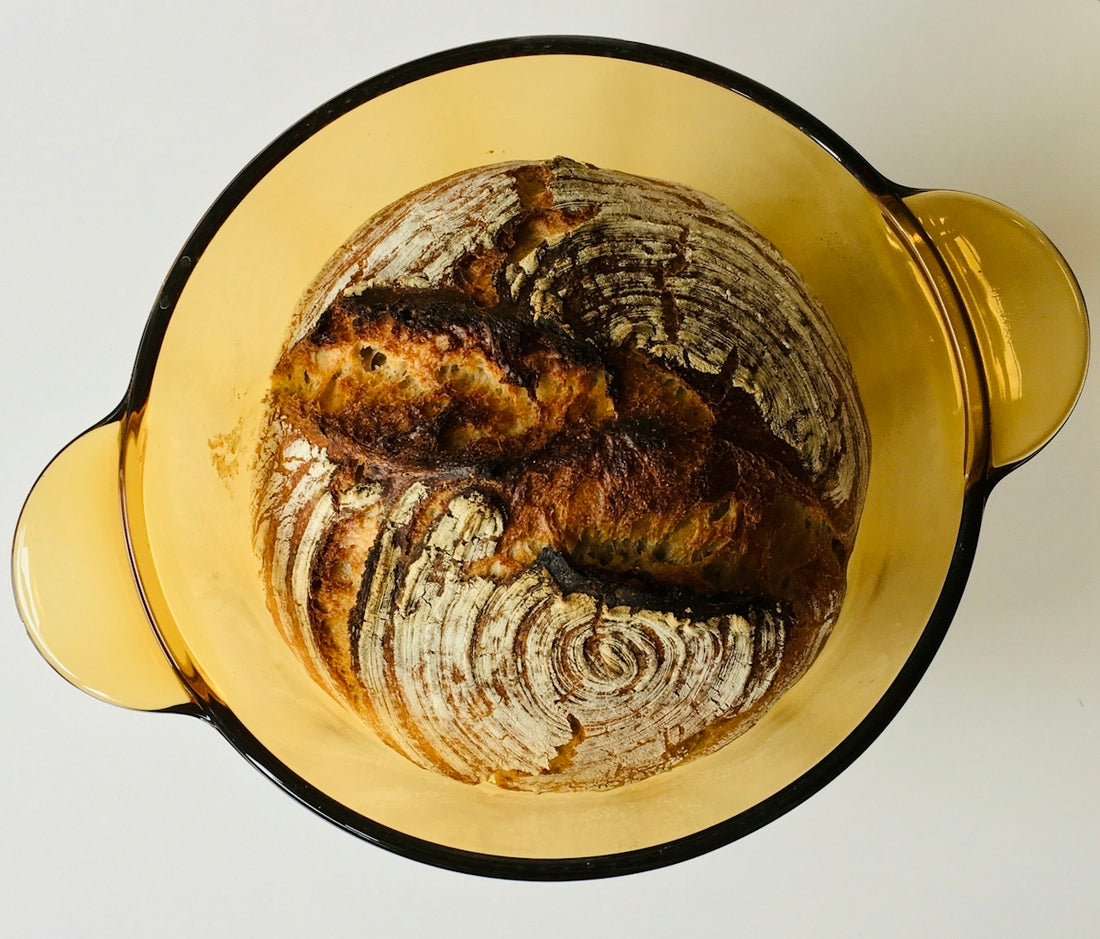
How to Feed Your Sourdough Starter: Essential Steps for Success
Sourdough enthusiasts understand that maintaining a sourdough starter is akin to nurturing a living organism. From the bubbling joys of wild yeast fermentation to the artful slices of freshly baked sourdough bread, it all begins with the foundational step: feeding your sourdough starter. In this comprehensive guide, we'll delve into the nuances of feeding your starter, discuss its role in homemade sourdough, and explore essential tips for success on your sourdough journey.
Understanding Your Sourdough Starter
A sourdough starter is a mixture of flour and water that captures wild yeast and bacteria from the environment. This living concoction is what gives sourdough its characteristic tangy flavor and delightful texture. But what exactly makes a sourdough starter special compared to using commercial yeast?
Sourdough Starter vs. Yeast
Commercial yeast provides a quick and predictable rise, making it ideal for those pressed for time. However, a sourdough starter offers complex flavors and textures through a natural fermentation process. The slow fermentation also enhances the nutritional profile, making sourdough a more digestible and gut-friendly option, particularly for those managing blood sugar levels, like diabetics.
The Role of Fermentation
Fermentation is the magic behind your sourdough starter. As the natural yeast and bacteria feed on the flour's sugars, they produce carbon dioxide, which makes your dough rise, and lactic acid, which adds flavor. This process is not just about chemistry; it's a form of culinary alchemy that transforms simple ingredients into artisan bread masterpieces.
How to Feed Your Sourdough Starter
Feeding your sourdough starter is a straightforward yet meticulous ritual. Whether you're a seasoned baker or a novice in the world of sourdough, following these essential steps will enhance your sourdough life, ensuring your starter remains healthy and active.
Basic Feeding Instructions
To feed your starter, you'll need:
- Unbleached all-purpose flour or whole wheat flour
- Filtered water at room temperature
- Discard a Portion: Begin by discarding about half of your starter. This step is crucial to maintain a healthy concentration of yeast and bacteria.
- Add Flour and Water: Add equal parts flour and water. For example, if you have 100g of starter, add 100g of flour and 100g of water.
- Stir Well: Mix the ingredients thoroughly until you achieve a smooth consistency.
- Rest and Wait: Allow the starter to sit at room temperature for a few hours or until it doubles in size. This indicates an active and healthy starter ready for baking.
Sourdough Starter Feeding Schedule
Consistency is key in sourdough baking. To keep your starter vibrant, establish a regular feeding schedule. Ideally, feed it every 12-24 hours, depending on the ambient temperature and your baking needs. A warmer environment increases the starter's activity, often necessitating more frequent feedings.
Troubleshooting Common Issues
Despite your best efforts, you may encounter hiccups while nurturing your sourdough starter. Here are some common issues and their solutions:
- Foul Smell: An off odor suggests an imbalance in the bacterial community. Discard most of the starter and feed it more frequently to restore balance.
- Runny Consistency: A too-liquid starter may require more flour or more frequent feedings to regain its form.
- Lack of Bubbles: If your starter lacks activity, it may not be warm enough or may need regular feedings to build strength.
How to Store Your Sourdough Starter
When you're not actively baking, store your starter to avoid excessive feedings. Here are a few tips for short- and long-term storage:
Short-Term Storage
For weekly bakers, the fridge is your best friend. Store your sourdough starter in a sealed jar in the refrigerator. Feed it weekly to keep it alive but dormantly slow.
Long-Term Storage
For less frequent bakers, consider drying or freezing a portion of your starter. Simply spread a thin layer of starter on parchment paper to dry or place a small amount in a freezer-safe container.
The Art of Sourdough Baking
Having a reliable sourdough starter opens the door to a vast universe of baking possibilities. Whether it's an easy sourdough bread recipe or more elaborate artisan loaves, mastering the starter is your passport to culinary exploration.
Sourdough Baking Tips
- Weigh Your Ingredients: Precise measurements ensure consistency and predictability in baking.
- Mind the Temperature: Both the ambient and dough temperatures significantly affect fermentation and the final bread's texture.
- Practice Scoring Techniques: Good scoring techniques allow the bread to expand during baking, enhancing both beauty and texture. The right tools, like the ones in our Professional Baking Tools Kit, can make a world of difference.
- Master Shaping and Folding: Develop skills in shaping and folding to create loaves with excellent structure.
Understanding how to shape sourdough bread, master the best sourdough scoring techniques, and handle sourdough bread troubleshooting will set you on the path to sourdough baking excellence.
Sourdough Bread Recipe
Ready to bake with your refreshed starter? Here’s a basic recipe to get you started:
Ingredients
- 500g strong bread flour
- 350g water
- 100g active sourdough starter
- 10g salt
Instructions
- Mix the Dough: Combine the ingredients and let rest (autolyse) for 30 minutes before adding salt.
- Fold and Ferment: Perform 3-4 folds over 2-3 hours as the dough rests and ferments.
- Shape and Proof: Shape the dough and proof it until it feels soft but holds its shape.
- Bake: Preheat your oven with a Dutch oven inside. Bake at 230°C (450°F) for 20 minutes covered and another 25 minutes uncovered for a crisp crust.
Conclusion
The journey of artisan bread baking begins with nurturing a living, breathing sourdough starter. With the right care, feeding, and maintenance routine, you’ll be well on your way to creating delectable sourdough delicacies that celebrate the craft of wild yeast fermentation.
For aspiring bakers seeking to elevate their practice, consider equipping yourself with the Sourdough Starter Kit, ensuring you have the tools needed for success. Happy baking, and may your sourdough life be filled with hearty loaves and shared smiles.
For more insights and tips into the world of sourdough baking, visit Italian Sourdough.
